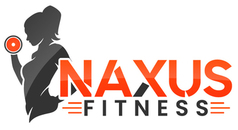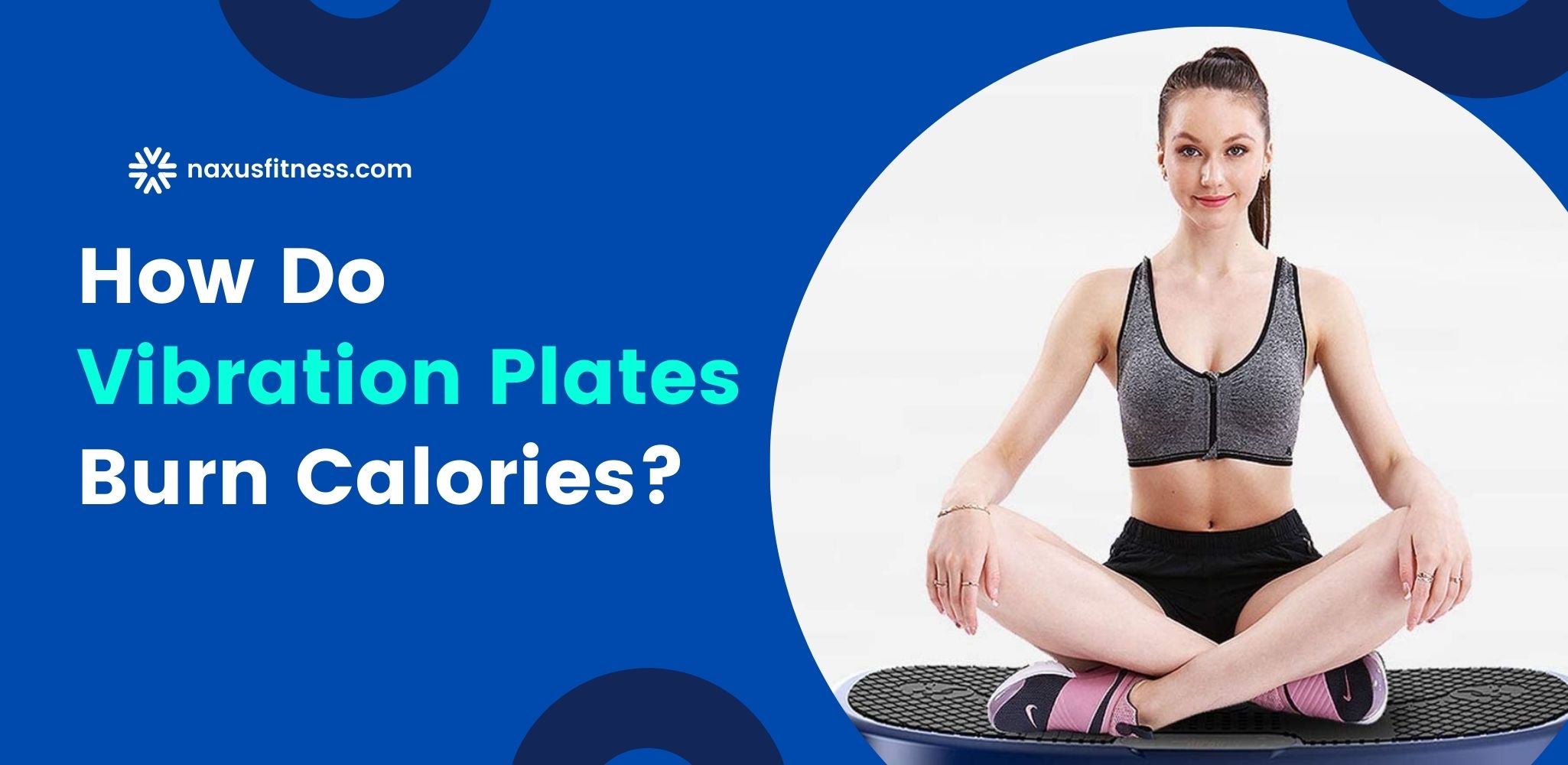Vibration Plates – Training Basics and Beginner exercises
Vibration Platforms: Beginner’s Guide
It is becoming increasingly common to find them in large department stores. But what is a vibration platform exactly? How can a vibration platform be used and what exercises can be performed on it? As we continue our study of vibration training, we examine some tips for dealing with the device, as well as introducing the first exercises.
Contents
Vibration training: The first steps
When you take your first steps on a vibration platform, remember the didactic principle:
Start with the simple and known exercises. Familiarize yourself with this form of training and venture forward little by little. In the beginning, 2-3 exercises are sufficient. As an example, you can try our “Training Plan Vibration Training” after a few sessions. In the various articles, the exercises are explained in detail.
First, let’s compare the frequencies of the two device versions and their benefits. The side-alternating plates are more likely to be found in physiotherapy and the vertical ones in many fitness studios.
One can immediately see that the former is much more versatile, with a majority of the application possibilities also having a medical therapeutic origin.
| Side-alternating vibration | Frequency | Vertical vibration |
|---|---|---|
|
5-8 Hz | Setting not possible |
|
10-15 Hz | Setting not possible |
|
15-20 Hz | Setting not possible |
|
20-30 Hz | Improvement of muscle strength Hormonal change Toning of the muscles Improvement of blood circulation Improvement of mobility Neurological stimulation |
|
20-30 Hz | Improvement of muscle strength Hormonal change Toning of the muscles Improvement of blood circulation Improvement of mobility Neurological stimulation |
It does not make sense to increase the frequency further and further, since each body can only absorb and respond to a certain level of input. Normal training range should be between 20 and 50 Hertz. If you feel that exercising at 50 Hertz is easier than at 40, avoid the higher ranges. At 50 units per second, your nervous system is simply overwhelmed and resigned, which can only harm your fitness.
Vibration Training: General Tips
- 1. You can tell whether vibration is transmitted better or worse based on the joint angles. This is especially true for ankles, knees, and hips.
- 2. To avoid headaches, keep the vibration away from the head.
- 3. Keep tapes as short as possible, otherwise vibration will be lost.
- 4. Make sure you tighten your muscles consciously. In this way, the training becomes more effective.
- 5. Training is not to be underestimated and water consumption should be adequate.
- 6. Because vibration training promotes both inter- and intramuscular coordination, it can also be used as a warm-up exercise.
- 7. If an exercise does not feel comfortable for you, skip it!
Vibration training: The first exercises
Calf raises on the vibration platform
Exercises like this are a good way to familiarize yourself with joints and vibrations. Stand on the plate with your knees slightly bent. The heel is firmly placed on the foot. Step on the bales by lifting the heel. Tighten your calf muscles. Extend the exercise by standing on your heel, lifting your toes and tensing your shin muscles after a few repetitions.
Squats on the vibration platform
Vibration plates allow you to perform all types and variants of squats. Standing shoulder-width apart in a 3/4 squat is the starting position. Imagine sitting deeper and getting up at the same time as you remain in position. Tighten both sides of the thighs. Stay firmly in the trunk and pinch the buttocks together.
In addition to performing the exercise statically, you can also move around the point of the greatest tension. You should not stretch your legs completely, as you will lose muscle tension and the vibrations won’t work.
Push-ups on the vibration platform
Push-ups can be performed using all known possibilities from strength training. While in the low position, imagine pushing the plate through the floor before you begin the movement.
Elbow support on the vibration platform
You can support the elbow both with the arms on the plate and, if there is too much vibration in the head area, also with the feet. The same is true for the side support variants. I especially like how the exercise can be held out longer since the desire for more is commonly triggered by elapsed time.
Dips on the vibration platform
The classic dip is done by seated on the edge of the machine, holding onto the side that faces you. The difficulty level changes based on your leg length. Beginners start with strongly bent knees and their feet close to the plate. Now lift the buttocks and bend the elbow until enough tension is felt in the triceps. You can hold or perform small movements.
Pool lift on the vibration platform
For the pool lift, you should convert a step into a lounger. Put it in front of the platform and lie back on it. Feet are on the vibration plate, buttocks near it. As the heel presses down on the plate, it pulls it towards you a bit. Your body should form a straight line from knees to shoulders as you tense your trunk and buttocks.
Crunches on the vibration platform
Lie face up on the vibration plate while performing a crunch. If the vibration transfers too much to your spine, use a mat or pillow as a pad. You can hook your feet to handles on some platforms. Taking advantage of this, try to sit on the buttocks so that your muscles are directly in contact with your bones.







